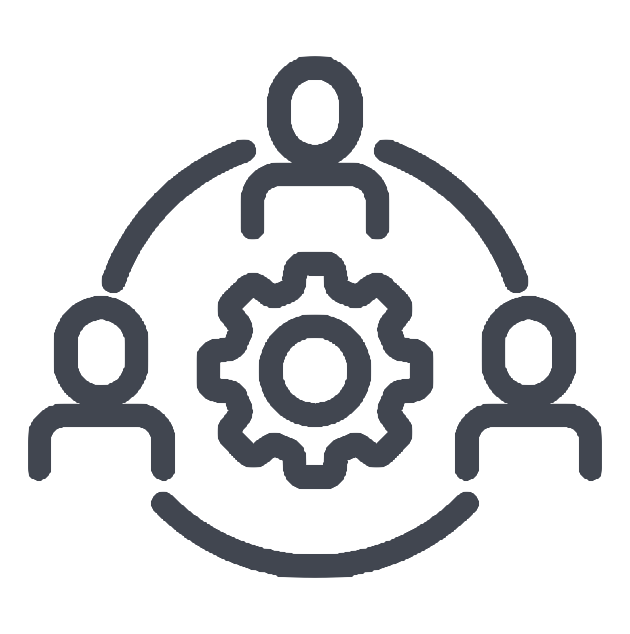Adopting an ERP solution is increasingly a ‘must-have’ for growing companies that want to benefit from digital transformation. But it pays to consider the investment involved so you can effectively plan and manage your implementation and can get a quicker return on investment.
When you begin thinking about enterprise software, one of the first questions will inevitably be — how much does ERP implementation cost?
Implementing an Enterprise Resource Planning (ERP) solution requires a significant investment. But that’s not the same thing as saying that ERP implementation is expensive.
Successfully implemented ERP systems help businesses:
- work faster and smarter,
- foster innovation, and
- identify and adapt to new revenue opportunities.
Your business will be looking for tangible benefits from an ERP implementation:
- improved cash flow
- better customer service
- happier team members / staff
In other words, it’s an investment that pays off.
But what’s the financial outlay?
The investment required for a small to medium-sized ERP system implementation can fall between twenty thousand dollars and several hundred thousand dollars (depending on multiple factors).
It’s impossible to state a definitive enterprise resource planning software price because there is no one-size-fits-all ERP solution (although we provide costed scenarios below). ERP solutions must be configured to your requirements to be effective.
The ultimate cost of implementing an ERP system will depend on your business size and complexity, and the decisions you make about functionality and the implementation approach.
Factors that influence ERP system implementation costs:
- Your organisational structure and geographic footprint
- How much data needs to be converted and how much preparation
it requires - Your in-house skill set and availability to assist with the implementation
- Your implementation partner’s experience and implementation methodology
- How many users will require access, training and support
- The extent of integrations or development work needed to meet your requirements
- Whether you have standard or more in-depth reporting needs
- The depth and breadth of features/modules you want included to cater for your functional requirements
What does the cost of ERP actually cover?
The cost of ERP implementation project include:
Implementation partner’s expertise and time
System configuration
Planning and project management
Training development and delivery
Testing and technical deployment
Other ERP system implementation costs that can come into play will include support to convert data, custom development work, integrations and ongoing support.
Infrastructure, hardware and organisational costs
Let’s not forget that the implementation partner costs is only one side of the “required investment to implement ERP equation”. Other costs to take into consideration include:
- Hardware, hosting or cloud fees
- Infrastructure – even a cloud solution requires network infrastructure on-site
- Additional device costs – such as mobility devices for sales employees to connect to the ERP solution remotely, or handheld devices and barcode printers in the warehouse for wireless scanning
- Internal time – there will be demands on your internal team members’ time during implementation for data conversion, user training, testing and system deployment
- Temporary staff costs – temp staff might be required for data conversion assistance and user acceptance testing during “peak” workload periods
- Project management – implementation project management is provided by your ERP implementation partner, but there are additional costs associated with internal project management provided by your business
Want expert help to choose wisely?
Leverage Technologies has helped hundreds of Australian businesses to select and successfully implement
the ideal ERP solution within budget. Have an obligation-free conversation now to kick-start your planning.
How much should you budget for ERP implementation?
Leverage Technologies has guided more than 300 successful ERP implementations Australia-wide. We’ve found the project scope, the number of users, required level of customisation and costs broadly parallels with the market position of organisations: whether they are small to medium enterprises, mid-market companies, or large enterprises.
Costs to embed new enterprise systems will vary on a case-by-case basis, but as a general guide:
Typical cost for SMEs
Smaller organisations with less than 50 team members, turning over $10 million to $30 million, tend to have ERP solution implementation costs that range between $30,000 to $70,000.
Typical costs for medium-sized, growing businesses
Companies that are rapidly expanding to become a middle-market operator may employ 30 to 200 people and achieve a turnover of $30 to $100 million. Implementing enterprise software to suit this market often requires budgets in the range of $100,000 – $300,000.
Typical costs for large enterprises
A dominant, tier-one firm with upwards of 1,000 staff and turnover in excess of $250 million may end up spending between $800,000 – $2,000,000 and tens of millions of dollars on an ERP implementation.
Big or small: implementations must meet your needs
There are multiple factors that will influence ERP implementation investment. A relatively large business might spend less on ERP implementation by:
- keeping their requirements list straightforward, and
- phasing their implementation approach (more on this below).
Conversely, we’ve worked with smaller businesses with complex requirements that have made relatively large investments in ERP implementation services.
10 Pro tips to reduce your ERP implementation investment
Want to reduce ERP implementation costs?
Digital transformation is a process, not an endpoint. Modern ERP solutions are modular and open, allowing you to create the system you want by adding building blocks as needed.
An ambitious scope and tight timeline require more resources to implement. A more cost-effective strategy is to implement features in a phased approach over a longer period.
Five more ways to avoid cost blowouts and increase the success
Common challenges faced during ERP implementation — if managed poorly — can significantly increase the time and costs involved. Avoid the pitfalls.
1. Ensure you really understand business needs:
Implementations must be considered a failure if your employees and other end users don’t end up with access to the data, customised workflows, reporting templates, analytical dashboards and integrated systems that actually allow them to function better. The goal is to realise real business benefits like improved cash flow and better customer service—ensure your ERP solution empowers staff to achieve the required business benefits. An example might be providing sales team members with the ability to review inventory availability and customer pricing during a sales meeting. Giving your team access to CRM and mobility can support a faster quote to cash cycle and improved customer service.
2. Pay attention to data conversion:
If you enter unreliable data into your new system, employees can’t trust it and won’t use it. Data preparation, checking, reconciliation and processing take time and skill— if you manage this effectively it will save you money and vastly improve outcomes. Data conversion is a key risk because it is often the source of budget overruns and stress during an ERP implementation project. It’s critical to assign resources to manage data exports, testing, imports and reconciliation.
3. Build strong internal support for the project:
Organisational leadership and support, technical skill, internal communication and change management, and the availability of personnel to test and train others during the implementation are all essential for delivering your new ERP solution in a fast and cost-effective way. The internal time investment should at least equal (and ideally exceed) the time put in by your implementation partner. We call this ‘internal muscle’: make sure that your business has the internal muscle to implement your ERP solution.
4. Carefully manage reporting and analytics
Modern ERP solutions have integrated business intelligence and data analytics tools. Recent technological advancements allow users to sort through big data volumes to get to the information they require for quicker, more effective decision-making. Don’t ignore the investment required to implement analytics and BI. Make sure that you manage the data analytics scope and budget carefully to avoid budget overruns.
5. Allow for sufficient development and integration:
As with data conversion, development and integration work can be the source of substantial project cost blow-outs. Once again, manage scope, testing and delivery carefully to avoid disappointment. Put together detailed scope documentation to ensure that your functional requirements and anticipated business benefits are met. This scope (Business Requirements) documentation should then be converted to a technical requirements document. Testing is critical for success. Treat development and integration work as mini-projects within the overall ERP implementation project: manage each component carefully to avoid budget and scope creep.
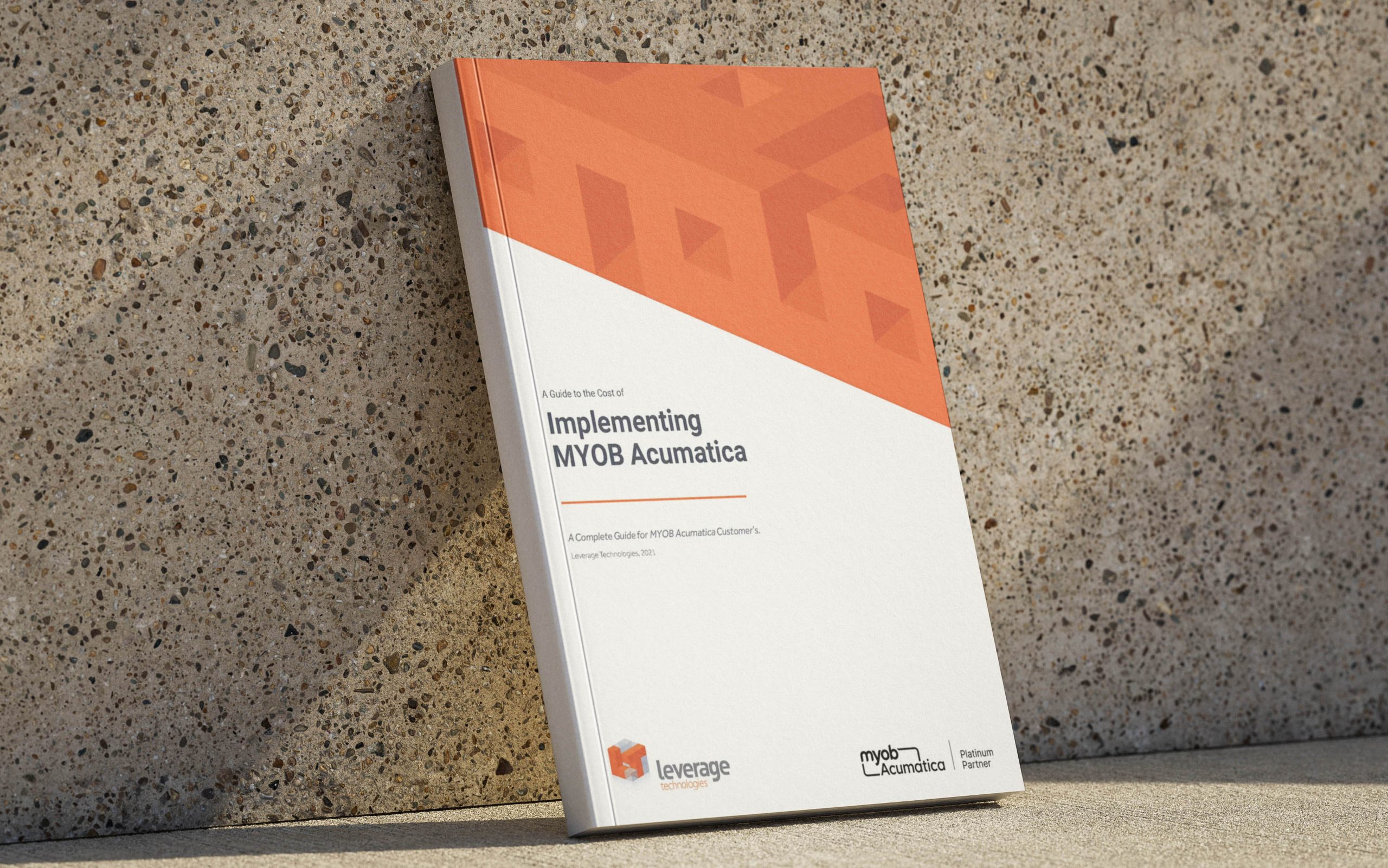
A Guide to the Cost of Implementing MYOB Acumatica
A Complete Guide for MYOB Acumatica Customer’s.
Choose your implementation partner wisely
The aptitude and project delivery approach of the business you partner with to manage the implementation will influence the cost of the project. Factors to consider:
Experience and team fit
- More established consultants might charge more for their time but may also work more cleverly and efficiently by drawing on past experience and IP.
- Look for partners that have completed implementations for similar businesses in your industry, and have references from satisfied customers.
- You’ll need to work closely with your implementation partner. Working with people you like and trust ensures smoother communication and faster issue resolution.
Fixed scope or agile methodology?
- A fixed price, fixed scope project delivery method (waterfall model) enables you to understand costs upfront, but requires strict adherence to planned steps. Deviation from the agreed scope will add to your costs.
- An agile methodology means that design and implementation occur without a strict scope structure — which means less control of time and costs, but more flexibility and opportunities to refine the solution to achieve a complete functional fit.
There are compromises to be made. The fits-like-a-glove solution that comes from an agile methodology will require stricter project management and budget control but is likely to lead to more streamlined business benefits. The risks are higher (budget and timeline).
The waterfall (build to a scope) methodology reduces budget and timeline risks and builds your solution to a fixed scope. You will need to make sure that the scope documentation is an accurate assessment of the expected business outcomes and requirements to avoid scope-creep and budget blow-outs.
Confused by your ERP Software Selection Process? Your 17 point guide to choosing the right ERP solution for your business.
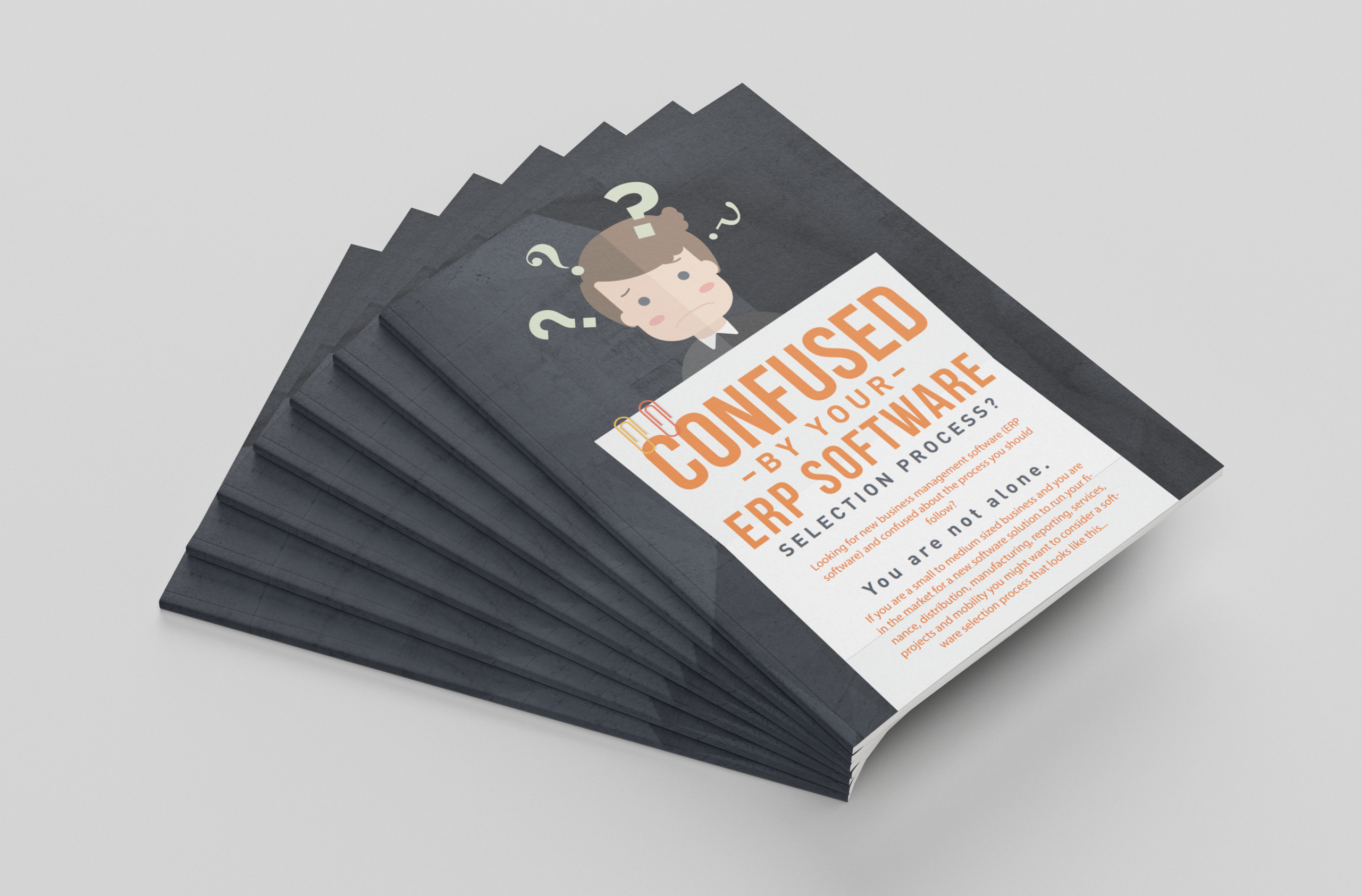
What is the ROI of an ERP implementation?
In order to calculate the ROI, you need to be able to compare the total investment costs with the money saved and revenue growth that results from your new enterprise system.
Both impacts should be measured over time for a more accurate perspective.
On the investment side consider:
Software costs (licences or subscription/cloud fees over time)
Internal team member costs (during the implementation phase)
Internal team member costs (during the post go-live / support phase)
Implementation project costs
Annual maintenance and support fees
Costs associated with annual upgrades
An ERP solution can also improve productivity and drive revenue by:
- Reducing delays caused by slow, disconnected and outdated systems.
- Streamlining and automating tasks freeing your staff to be more strategic, solve more important problems and explore novel ideas/business streams.
- Expediting the quote to cash cycle by enhancing your ability to engage and nurture prospects, provide quotes, balance stock levels, make and deliver goods, and get paid.
- Reducing duplication and mistakes, leading to greater accuracy and less wasted time and money addressing problems.
A well-chosen and implemented ERP solution is worth it when it assures the future success of your organisation in a fast-paced digital economy.
Remember, cost and fit-for-purpose are both critical
Weighing the cost of implementation is just one aspect of selecting the most suitable ERP solution for your business. Before you begin implementation, you’ll also need to:
- Define a budget range to narrow your options.
- Consult with your team about specifications and improvements your new system should deliver. Focus on business outcomes that will help increase revenue and reduce costs.
- Create a prioritised list of technical criteria:
- In-memory database?
- Mobility?
- Solutions that must be integrated?
- Cloud, on-premise or hosted cloud environment?
- Compatibility with other technologies? (e.g., barcode scanners, EDI)
- Research software products: focus on vendors dedicated to innovation with great support and positive customer feedback/referrals.
- Research implementation business partners: focus on consultancies with experience in your industry, a track record of success and glowing testimonials.
- Seek proposals, meetings and demos from ERP solution providers and weigh your options. Make sure you run a structured approach to your ERP product and implementation selection.
How you deploy your ERP affects how you pay
Whether you choose to deploy your new ERP software on-premise, in the cloud, or within a private hosted cloud environment will affect how you manage the costs of your new system.
There’s no right answer: each company must evaluate deployment methods based on practical viability, how well they support your growth plans, how you want project costs recorded on income statements and alignment with your technology and IT capabilities.
A cloud-based, SaaS model is preferable to many SMEs because:
- Using operating expenditure to pay by the month is better for cash flow
- Cloud-based platforms offer scalability, adaptability and mobility benefits
- It reduces on-site security, maintenance and IT resourcing costs
- It takes advantage of the most cutting-edge technologies
Still wondering how much does ERP implementation cost for your business?
Get answers and clarify your thoughts by having an obligation-free chat with one of Leverage Technologies’ expert consultants.
Recognised by the top ERP Partners in Australia
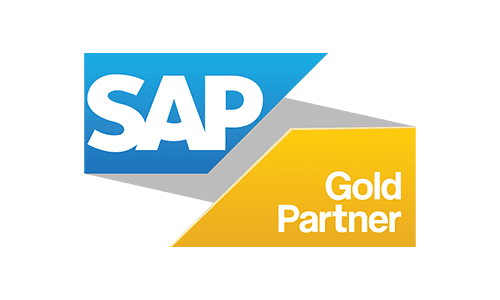
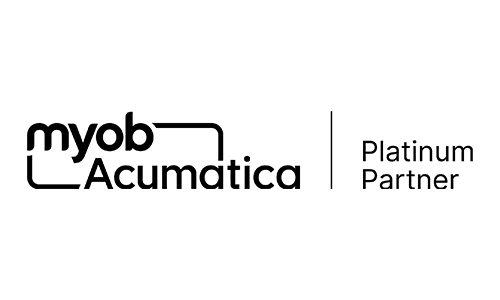
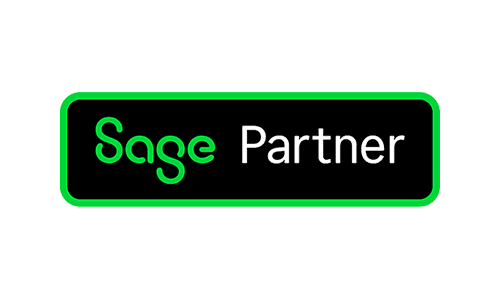
Leverage Technologies is an SAP Business One and SAP Cloud ERP Gold Partner, a Sage Platinum Partner and an MYOB Acumatica Platinum Partner. Our team has won some of the most prestigious national awards as proof of our commitment to customer success.
Leverage Technologies partners with the best ERP solution providers in the world to deliver value and business benefits for our customers. In recognition of this, the team at Leverage has won over 16 partner industry awards for excellence in the ERP industry.
Get in touch with us
To learn how a new ERP system can transform your business, call 1300 045 046 or submit the form below.











